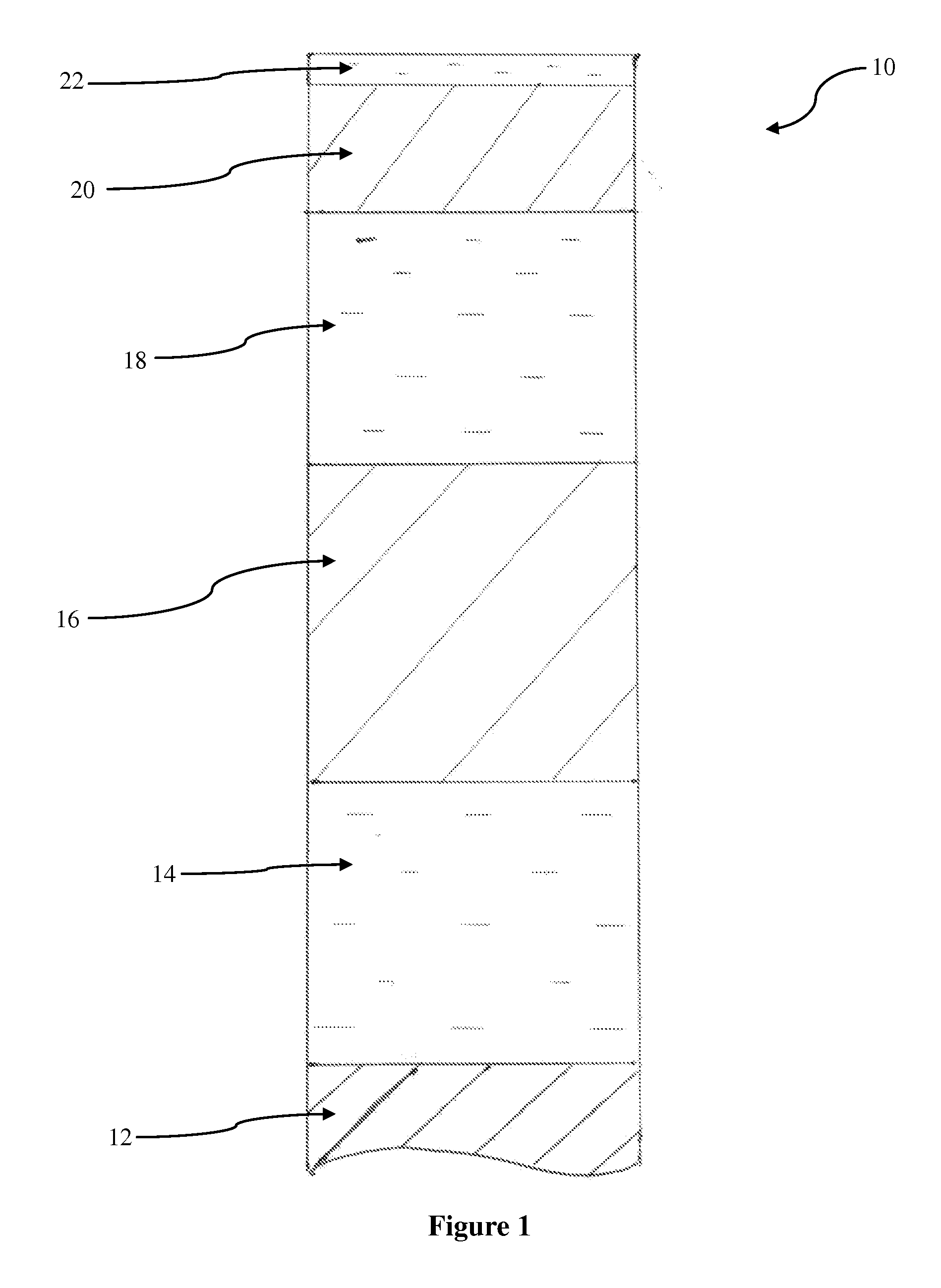Method of restoring contaminated land
a technology of contaminated land and re-use, applied in the field of restoring contaminated land, can solve the problems of serious health and safety risks, prevent or limit plant growth, and contaminated land is not available for re-use, so as to facilitate harvesting or tapping, prevent the ingress of rain, and minimise the use of recovered materials
- Summary
- Abstract
- Description
- Claims
- Application Information
AI Technical Summary
Benefits of technology
Problems solved by technology
Method used
Image
Examples
Embodiment Construction
)
[0019]Referring to FIG. 1, a section through a capped landfill site is indicated generally at 10. The landfill site 10 includes a deposit of waste material or landfill 12 that has typically been collected from the local municipality and transported to the landfill site for long term storage. This waste material 12 essentially contaminates the land as previously described unless treated, for example in a manner as described below.
[0020]A pozzolanic layer or hard pan 14 is laid above the waste material 12. This pozzolanic layer is composed of pulverised fly ash (PFA) mixed with lime. PFA is a waste product of coal fired power stations. PFA distributed in the presence of free lime forms creates a hard impermeable pozzolanic pan over time. The hard pan effectively caps the waste material 12, preventing gases, such as methane and carbon dioxide, produced as by-products of bio-degradation from rising to the surface. It also provides a barrier to ingress of rainwater and / or groundwater. T...
PUM
 Login to View More
Login to View More Abstract
Description
Claims
Application Information
 Login to View More
Login to View More - R&D
- Intellectual Property
- Life Sciences
- Materials
- Tech Scout
- Unparalleled Data Quality
- Higher Quality Content
- 60% Fewer Hallucinations
Browse by: Latest US Patents, China's latest patents, Technical Efficacy Thesaurus, Application Domain, Technology Topic, Popular Technical Reports.
© 2025 PatSnap. All rights reserved.Legal|Privacy policy|Modern Slavery Act Transparency Statement|Sitemap|About US| Contact US: help@patsnap.com


